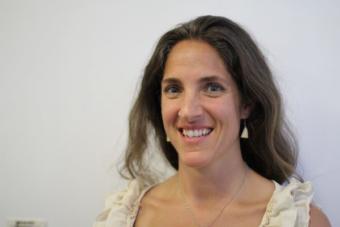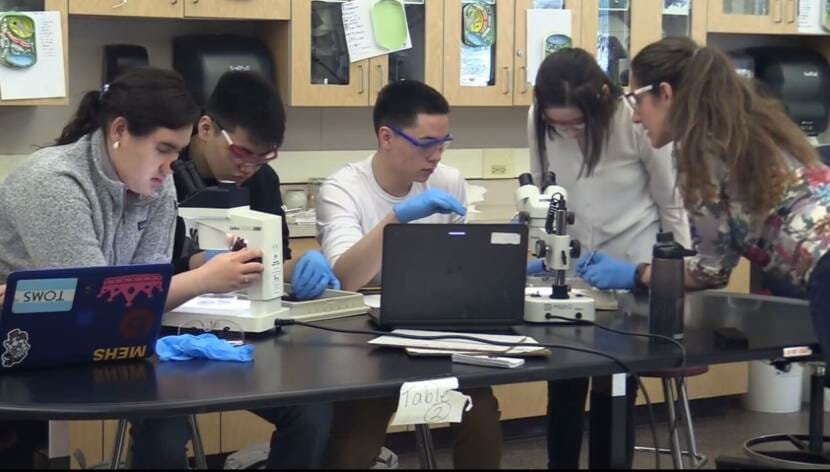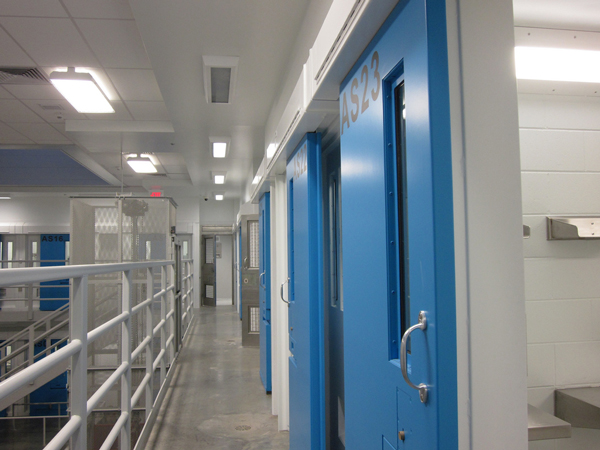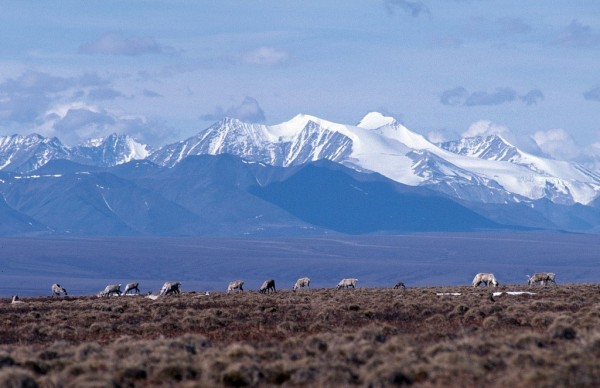
Alaska voters elected 13 new members to the state Legislature. The first-time lawmakers are a heavily Republican group; the only Democrat is also the only woman.
Ron Gillham is one of the new members joining the House. The Soldotna Republican said the new members from his party have a lot in common, including many of the same principles.
“We want a smaller budget, we want a smaller government,” he said. “You know, we all want to prosper. So we’re all looking at ways that we can put more people back to work in the state.”
Read more coverage of the 2020 election
Gillham’s family owns a fishing charter business and he’s also worked as a heavy equipment operator on the North Slope.
Gillham said he and other new House Republicans are interested in a proposal that Gov. Mike Dunleavy advanced to lower the limit on how much the state can spend each year.
“And it’s kind of a unanimous thing that if we don’t get a spending cap, we’re not going to get a balanced budget,” he said.
Gillham said last week that he hopes the conversations among Republicans will lead to the party forming a new majority caucus in the House. That hasn’t happened yet. The party holds a bare majority of 21 seats in the chamber.
Gillham added that while all of the new Republicans are men, they have diverse life and work experiences, which he says will benefit the state.
“It is a very diverse crowd,” he said. “They’re not a bunch of politicians. They’re from all different segments of the state — businessmen, teachers,” among others.
After the last election, House members took a month into the session to organize a majority.
RELATED: Lt. Gov. Kevin Meyer seeks initiative audit to calm election questions
Big Lake Republican Rep.-elect Kevin McCabe said he thinks there wasn’t enough relationship-building two years ago, and having a group of new lawmakers who already know each other could help next year.
McCabe, a cargo pilot, said that among the Republicans, there are differences that reflect who they represent.
“There are some that are a little bit more moderate and they’re from moderate districts,” he said. “And there are some that are a little bit more conservative that are from conservative districts.”
When asked if he’s hopeful that the Republicans will form the House majority caucus, McCabe it’s already established by the fact that most members are party members.
Liz Snyder of Anchorage is the only Democrat, as well as the only woman, among the new Alaska lawmakers. However, Anchorage independent Calvin Schrage was nominated by the Democrats and Utqiagvik independent Josiah Aullaqsruak Patkotak has said he plans to join a group of rural legislators who currently caucus with the mostly Democratic majority.
Snyder won by 16 votes over Republican Rep. Lance Pruitt, based on the unofficial results.
Snyder teaches public health at the University of Alaska Anchorage. She said her career has prepared her to work with lawmakers — including her fellow new legislators — with different political beliefs, to benefit Alaska communities.
“I have some learning to do, just to understand the landscape, understand how things work, when conversations are had and getting started between now and when session begins in the new year,” she said.
Snyder said it’s been good for the state to have more women serve in leadership positions over time. And she hopes that the long-term trend in having more women legislators will return after a decline this election.
“I think women on a whole bring a unique perspective, a unique work style, unique experiences and backgrounds, and the more diverse experiences we have in leadership positions, the better we can represent all of Alaska,” she said.
With Snyder joining as the lone woman, the number of female lawmakers will go from a record high in Alaska of 22 down to 18.
The other new members include two Republicans elected to the senate: Roger Holland of Anchorage and Robert Myers of North Pole. The other new Republican House members are Mike Cronk of Tok; Christopher Kurka of Wasilla; Ken McCarty of Eagle River; and James Kaufman, Tom McKay and David Nelson of Anchorage.



































